The views expressed in our content reflect individual perspectives and do not represent the authoritative views of the Baha'i Faith.
Nearly all the world’s religions share the belief that some dreams are true revelations of the Divine, bringing people into direct contact with some kind of trans-personal being, force or reality. – Kelly Bulkeley, former president of the International Association for the Study of Dreams, in Dreaming in the World’s Religions: A Comparative History.
For many thousands of years, humans believed that dreams gave us access to another reality. The ancients actively sought dreams and visions, hoping that their dreams would help them foretell the future or heal illness or connect with their ancestors or reveal the truth. Those who had prophetic dreams were often elevated to the status of shamans or chiefs or healers. As a rite of passage, adolescents about to become adults in tribal societies went on vision quests, where dreaming, fasting and praying led to an experience that revealed lifelong guidance from the spirit world. Many traditional cultures had intensely mystical and practical relationships with their dreams, believing the dream world’s presence could be more real than the presence of the immediately physical realm.
Then, in the early 20th century, Freud’s psychoanalytic theory proposed that dreams acted out the repressed longings in our subconscious, often filled with symbols of our secret carnal desires. Freud’s student Jung rejected his mentor’s Victorian theories, saying that dreams did originate in our unconscious, and were primarily symbolic and universal. Jung believed that the “archetypal” symbols we see in dreams affords us a nightly opportunity to reflect on our waking selves, solve our problems and think through our issues.
Then, in 1973, two researchers named Allan Hobson and Robert McCarley threw out Freud and Jung when they came up with a theory called the activation-synthesis hypothesis, which proposed that dreams simply originated from random electrical impulses in the brain. Those impulses, they said, drew imagery from traces of experiences we stored in our memories—and later, they theorized, our waking minds, always organizing, tried to make sense of that imagery by creating its own narratives from them.
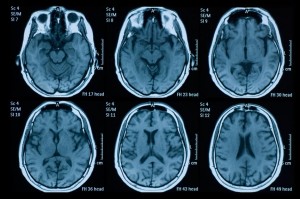
All of these subjective theories are just theories—none has ever been scientifically proven in any conclusive way–so let’s look a little deeper into what actually happens in the brain when we dream.
First, the physical reality: we know scientifically that during REM sleep, the body goes through several physiological changes. Blood pressure rises, heart and respiration rates accelerate and the brain increases its activity, producing alpha waves at the same or even higher levels than it does when awake. During REM sleep and active dreaming our bodies typically paralyze themselves with the brain stem’s release of glycine, an amino acid–which may protect us by keeping us from trying to actually do what we’re dreaming. Sleepwalkers, as an example, may have insufficient glycine.
Second, the mental reality, at least as far as science has been able to determine: Many sleep and dream researchers believe that dreams can and often do represent much more than random neurons firing. This recent analysis, which supports dreaming as a cognitive rather than a random activity, found that:
…dreaming can be seen as the “default” position for the activated brain when it is not forced to focus on physical and social reality by (1) external stimuli and (2) the self system that reminds us of who we are, where we are, and what the tasks are that face us. This possibility is supported by laboratory studies revealing the dreamlike nature of thinking during the transition from waking to sleeping (Foulkes & Vogel, 1965; Vogel, 1991; Vogel, Barrowclough, & Giesler, 1972). It is also supported by systematic observations demonstrating that dreaming can occur during relaxed waking states when lying quietly in a darkened room, with wakefulness monitored by the EEG (Foulkes, 1999; Foulkes & Fleisher, 1975; Foulkes & Scott, 1973). Domhoff, The Case for a Cognitive Theory of Dreams, December 2, 2014.
Most people would probably agree—because they’ve have had a cognitive dream experience, where the thoughts expressed in the dream not only made sense, but gave them an inspiration, a unique insight, a new idea or a fresh course of action. If you’ve ever awakened from a dream with a feeling of amazement or awe, you know what a cognitive dream feels like. One prominent dream researcher puts it this way:
For many years, researchers (including me) have been using quantitative methods of analysis to study the content of dreams. The findings from these studies provide compelling evidence that dreaming is not meaningless “noise” but rather a coherent and sophisticated mode of psychological functioning. – Kelly Bulkeley, New York Times, 2 October 2014.
The Baha’i teachings share that view—but they also differentiate between dreams, by saying that not all dreams have deep meaning. From a Baha’i perspective, dreams vary in their intensity and importance, which means that both of the major dream theories may contain a significant part of the truth. The activation-synthesis hypothesis could be responsible for our more random dreams; and the more symbolic and meaningful dreams could come from a deeper and more mystical source.
But beyond that debate, the Baha’i teachings go one major step further, saying the existence of dreams proves that reality extends far past what we can physically perceive:
Furthermore man sees in the world of dreams. He travels in the East, he travels in the West, although his body is stationary, his body is here. It is that reality in him which makes the journey while the body sleeps. There is no doubt that a reality exists other than the outward, physical reality. Again for instance a person is dead, is buried in the ground. Afterward you see him in the world of dreams and speak with him although his body is interred in the earth. Who is the person you see in your dreams, talk to and who also speaks with you? This again proves that there is another reality different from the physical one which dies and is buried. Thus it is certain that in man there is a reality which is not the physical body. Sometimes the body becomes weak but that other reality is in its own normal state. The body goes to sleep, becomes as one dead but that reality is moving about, comprehending things, expressing them and is even conscious of itself. – Abdu’l-Baha, Foundations of World Unity, p. 109.





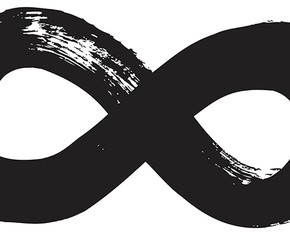

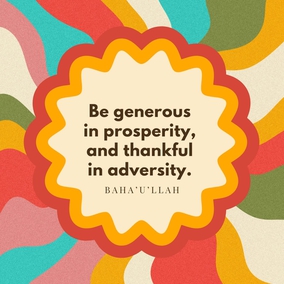
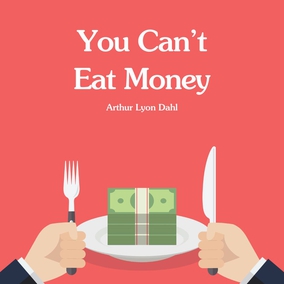
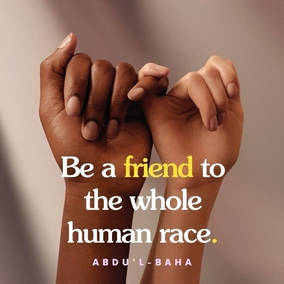
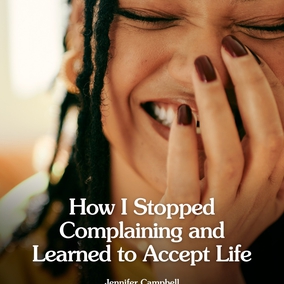
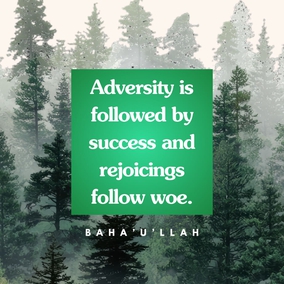




Comments
Sign in or create an account
Continue with Googleor